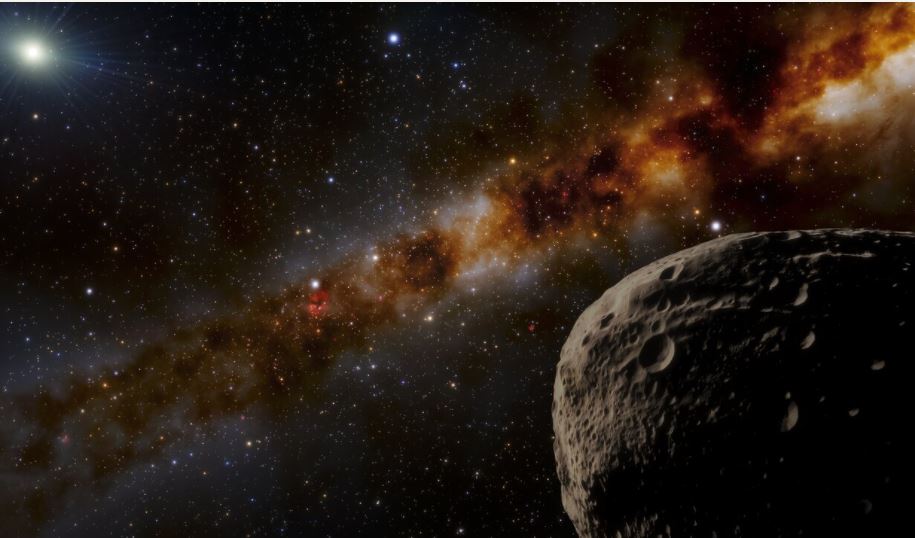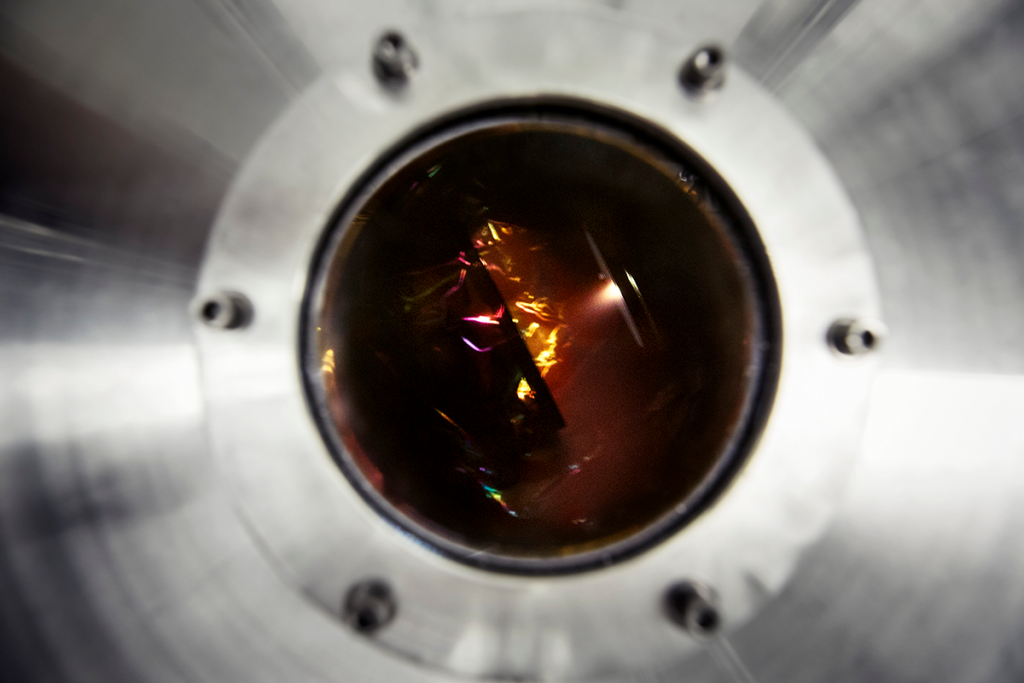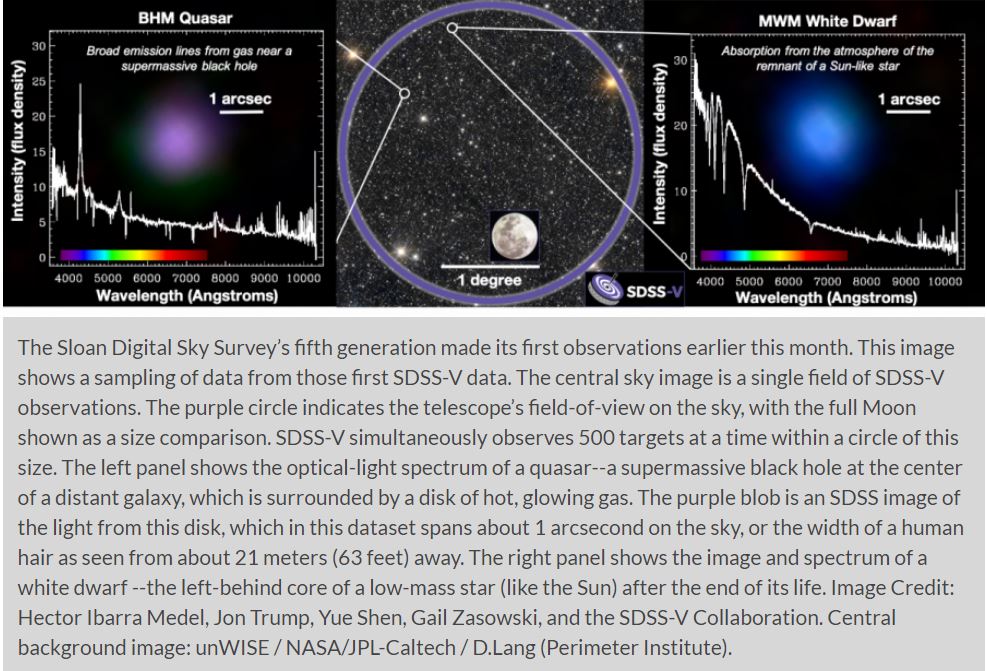Twenty minutes or longer in the car also raises risk of birth defects. A new study finds that California’s commuters are likely inhaling chemicals at levels that increase the risk for cancer and birth defects.
As with most chemicals, the poison is in the amount. Under a certain threshold of exposure, even known carcinogens are not likely to cause cancer. Once you cross that threshold, the risk for disease increases.
Governmental agencies tend to regulate that threshold in workplaces. However, private spaces such as the interior of our cars and living rooms are less studied and less regulated.
Benzene and formaldehyde — both used in automobile manufacturing — are known to cause cancer at or above certain levels of exposure and...
Read More








Recent Comments